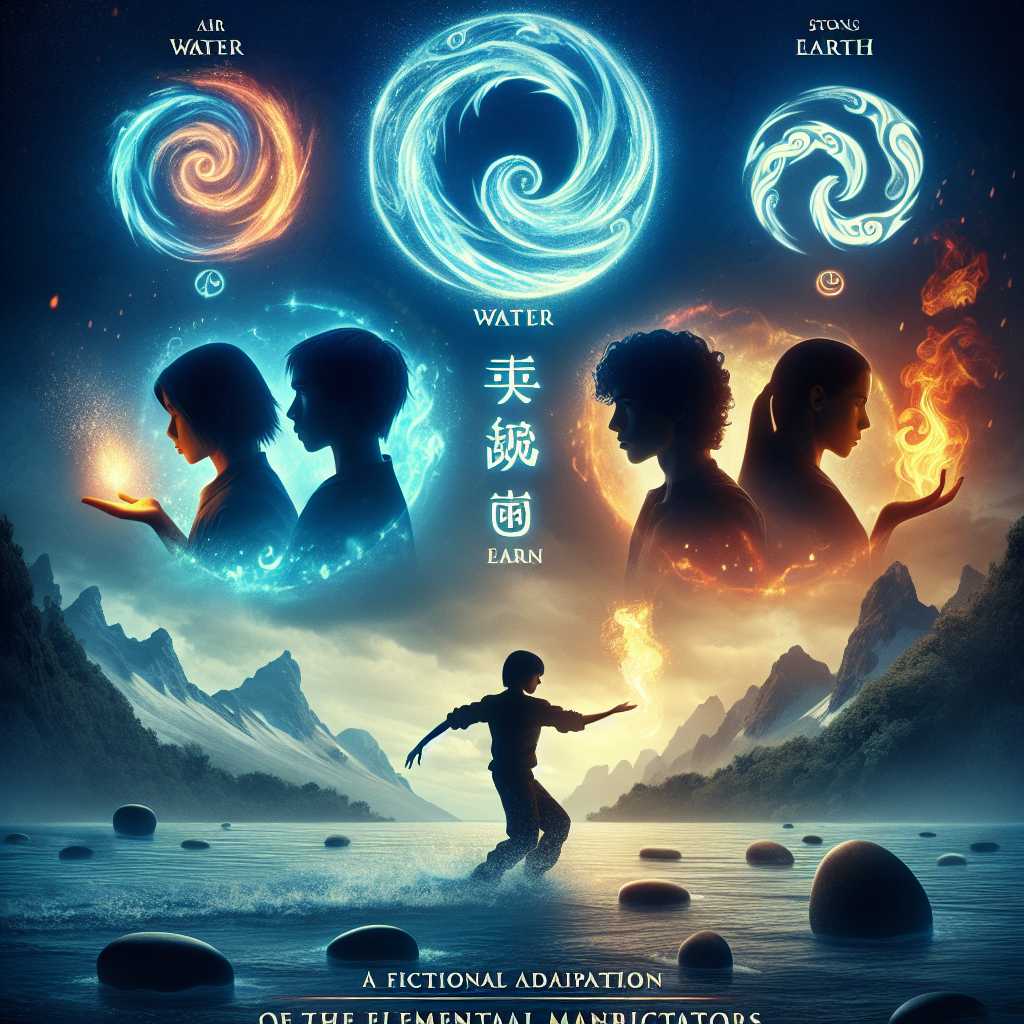Understanding the Anticipation Surrounding the Netflix Adaptation of Avatar: The Last Airbender
Avatar: The Last Airbender, the critically acclaimed animated series that aired on Nickelodeon from 2005 to 2008, is being adapted into a live-action series by Netflix. Stretched over three seasons, the original show enjoyed massive popularity due to its rich storytelling, intricately developed characters, and a fascinating world that drew on various cultures and philosophies. Its distinction in melding together an American animation style with Anime-influences also won hearts globally. The anticipation for Netflix’s live-action rendition stems from both excitement and skepticism within the fan community and a general audience looking forward to high-quality content leveraging current entertainment technology advancements.
Development and Production Background
Netflix’s Avatar: The Last Airbender has been in the making since the announcement of its development in September 2018. Initially, fans were enthusiastic as it was revealed that the original series creators, Michael Dante DiMartino and Bryan Konietzko, were attached to helm the live-action adaptation. However, in August 2020, they departed from the project due to creative differences with Netflix, leading to some trepidation among fans over the direction of the show.
Despite these concerns, the series continued under the leadership of showrunner Albert Kim. The production has promised great reverence for the source material along with some modern updates and expansions on the ensemble’s cultural diversity—a topic which was a substantial point of discussion among fans and critics alike.
Casting Choices and Cultural Representation
Netflix’s efforts to tackle previous misguided attempts at adapting Avatar—most notably M. Night Shyamalan’s The Last Airbender (2010), which was heavily criticized for its casting choices and misrepresentation of cultures—have drawn considerable attention. The new series started on a strong footing by recruiting a culturally diverse cast, bringing authenticity to the portrayal of this fantasy world’s various ethnic inspirations. This success or failure in representation will likely be a measure of the adaptation’s quality given the heightened conversations around cultural sensitivity in media representation today.
Plot Expectations and Character Development
The heart of Avatar’s story is its layered plot that amalgamates adventure with philosophical undertones mirroring Asian traditions like martial arts, elemental bending deriving from Tai-Chi, Hindu and Buddhist spiritualism, and political narratives that touch upon issues of authoritarianism and imperialism.
The new adaptation aims to faithfully tell Aang’s journey as a reluctant hero who needs to shoulder his destiny as the Avatar while providing deeper insights into each character’s motivations and backstories. Expanding on side characters’ narratives and potentially offering more screen time to fan favorites like Zuko—the troubled prince of the Fire Nation—and Toph Beifong—the earthbending prodigy—are prospects which fans are hopeful for.
Visual Effects and Worldbuilding
Given the advancements made in visual effects technologies and CGI since the original series’ airing, expectations from Netflix concerning captivating animations and realistic bending sequences are high. It remains to be seen how landscape beauty intrinsic to animated storytelling will translate into real-life set environments without losing its wonder-handed essence.
Avatar’s world includes mystic lands ranged over four nations representing different elements—Fire, Water, Earth, Air—and populated with fantastical creatures. Any indications such as leaked set photos or conceptual art suggest careful consideration is being given to replicate this unique world’s flavor while upscaling its fantastical elements for modern day viewership.
Marketing Strategy and Fan Reception
Leaks, teasers and promotional tidbits thus far have provided a multifaced approach by Netflix in gradually building hype around Avatar’s live-action adaptation. Nevertheless, the true barometer of success would be after the fans’silent debut their exposure to first glimpses official trailers or pilot episodes.
Understanding that series like Game of Thrones set modern epitomes for fantasy television productions forms an implicitly high standard for Netflix. Yet marketing measures targeting former fans while drawing new crowds will rely on finding balance between preserving nostalgia-infused elements of Avatar while integrating fresh creative takes.
Potential Impact on Related Media and Merchandising
Once released, Netflix Avatar is not only expected to shape viewership patterns but has potential influence over merchandise revenues, comic books cont light was aninuations storylinesight Spin-offs could formulate give inited jper universe just start’. A successful series may breath seallingeveral dy lrAnimateie serlovednicvres aarespunt82s revival.
Notes
*Image Description:*
An attention-grabbing promotional poster for Netflix’s “Avatar: The Last Airbender” live-action adaptation. It might feature a serene landscape indicative of one region within Avatar’s rich fantasy world with elemental symbols gently overlaid – air swirls representing Air Nomads, a wave pattern for Water Tribe, rocks depicting Earth Kingdom, and flames resembling Fire Nation. Centered could be silhouettes or portraits of youthful main characters poised mid-bending movement exemplifying their elemental abilities amidst glowing lights insinuating mysticism—an allure keyed perfectly to tease nostalgia and invite new spectators alike.
